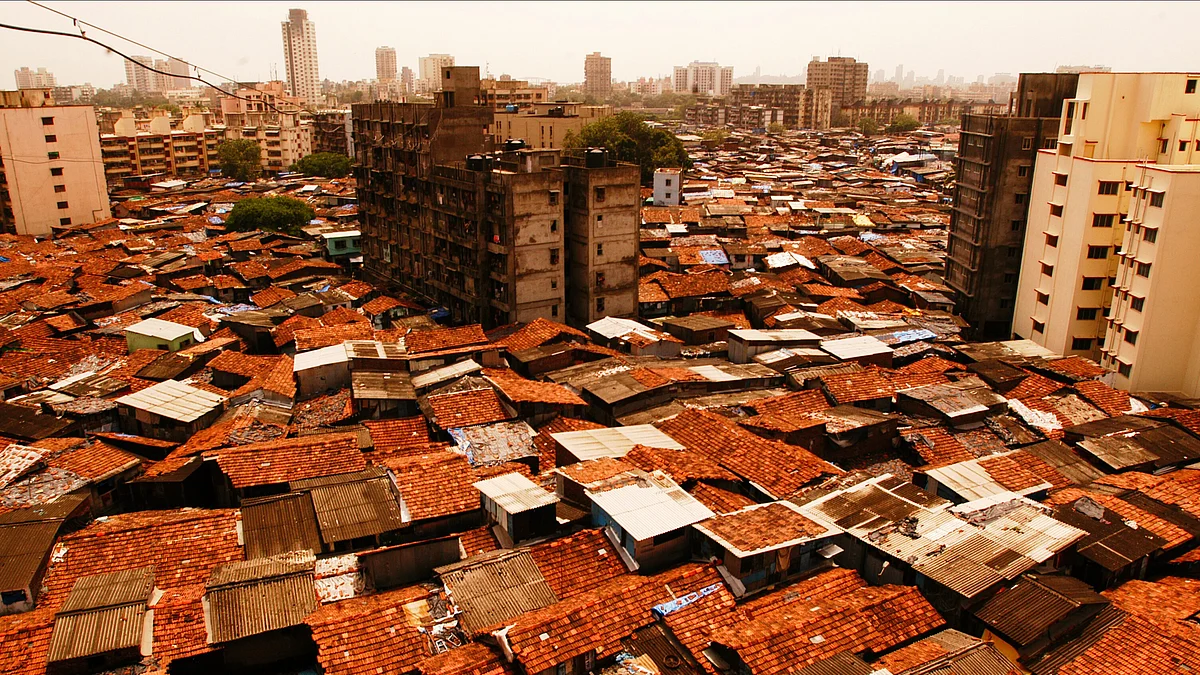Business
Advantage Adani in Dharavi makeover project amid disputed rule changes
The changes mean the entire TDR-generated space can now be utilised by the Adani Group in premium real estate areas such as south Mumbai, Bandra, Juhu, and Vile Parle, with higher property values

In a move that has intensified the controversy surrounding the Dharavi Redevelopment Project (DRP), the Maharashtra government has issued a notification allowing the use of transfer of development rights (TDR) without indexation. In other words, without adjusting the price to retain parity with changes in another price.
This significant alteration to the Development Control Rules (DCR) is seen to benefit the Adani Group, which is mainly undertaking the DRP. The new rule mandates all city builders to acquire the first 40 per cent of their required TDR from DRP, potentially giving Adani a significant advantage in the project.
The DCR, a set of norms governing urban development, has undergone modification through a notification from the state government's urban development department. Previously, indexation was a key provision, preventing unrestricted use of TDR generated from specific projects. However, the recent change means that TDR from the DRP will no longer be subjected to indexation, potentially providing Adani with a substantial financial advantage.
With a population of one million, Dharavi ranks among the world's largest slums. Covering a densely packed 2.8 square km, it houses a thriving informal leather and pottery industry that employs over 100,000 people.
Published: undefined
The state's vision for this area involves transforming its current sprawl into a cluster of high-rises accompanied by upgraded urban infrastructure. This ambitious plan includes resetting 68,000 individuals, encompassing both slum residents and those with commercial establishments.
Congress MLA Varsha Gaikwad has raised concerns, alleging that these modifications are tailored to ensure a profit for Adani. Gaikwad claims that the changes allow Adani to acquire TDR at just 50 per cent of the cost, and instead of slum TDR, they are obtaining general TDR. The controversy deepens as Gaikwad points to a Hindenburg report questioning the financial stability of the Adani Group.
Adjusting notifications ensures that an equivalent amount of TDR will be newly accessible. This means that the entire TDR-generated space can now be utilised in premium real estate areas such as south Mumbai, Bandra, Juhu, and Vile Parle, with higher property values.
The notification also introduces a provision compelling Mumbai builders to purchase 40 per cent of their required TDR from the Dharavi project before considering other sources. This creates a ready-made market for Adani, further fuelling suspicions of preferential treatment.
Published: undefined
Gaikwad further highlighted the history of the DRP, citing a cancelled global tender in 2018 that was later awarded to the Adani Group at a lower cost than initially proposed. The project, which aims to transform one of the largest slums in the world into high-rises with improved infrastructure, has faced challenges since its inception in 2007.
The latest controversy adds another layer to the long and tumultuous history of the DRP, raising questions about transparency, fairness, and the motives behind recent rule changes.
Published: undefined
Follow us on: Facebook, Twitter, Google News, Instagram
Join our official telegram channel (@nationalherald) and stay updated with the latest headlines
Published: undefined